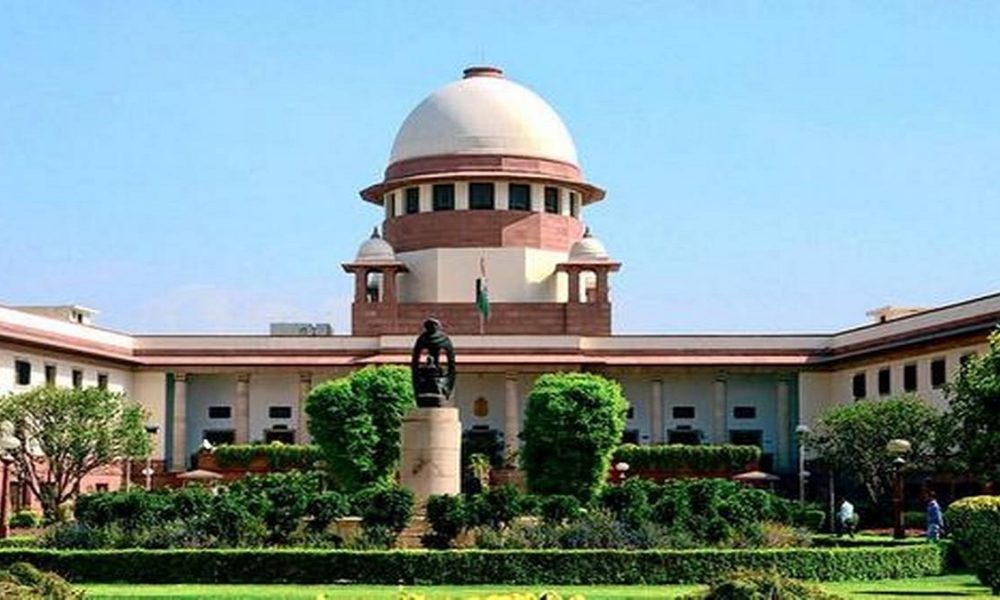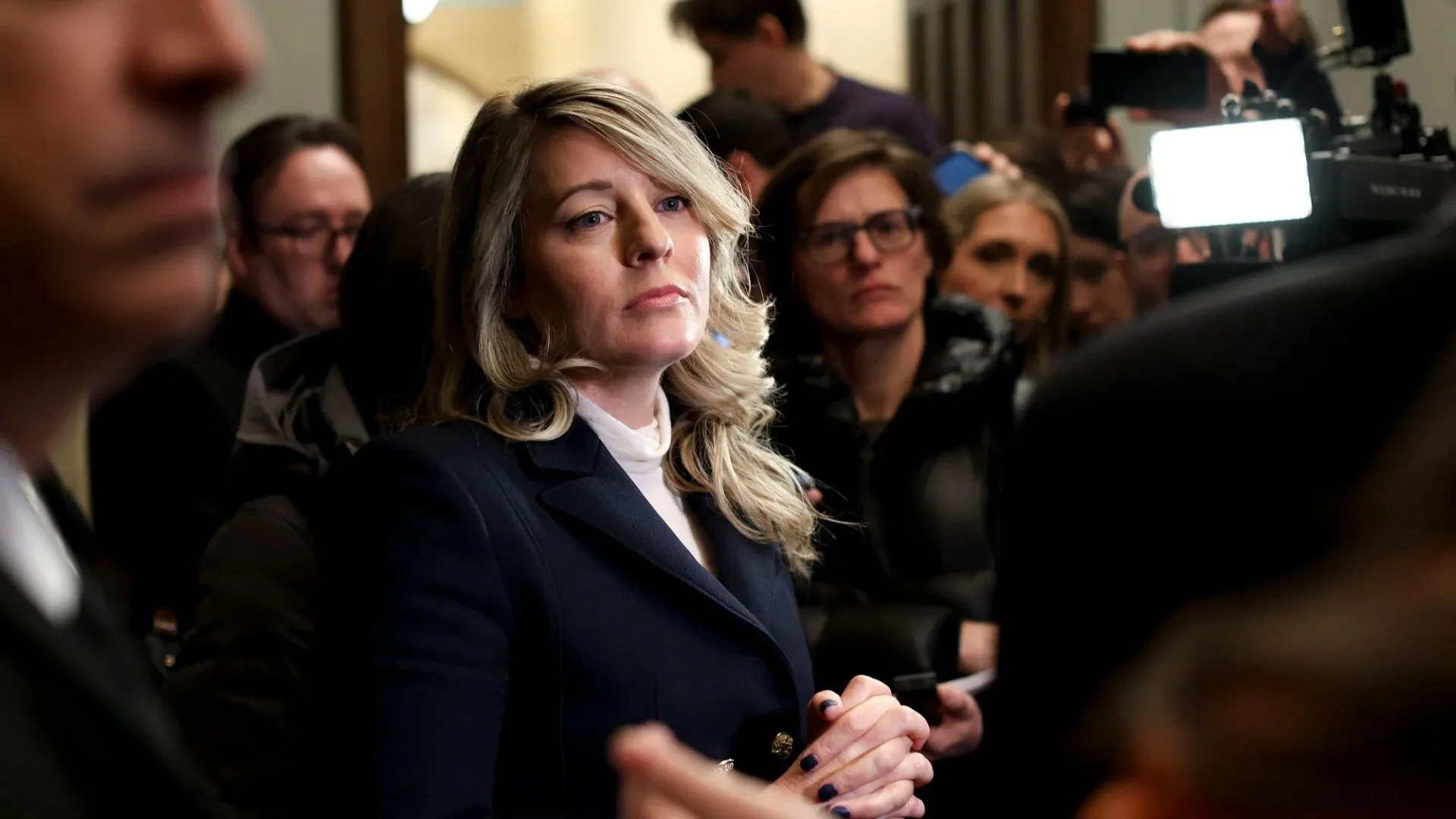The Supreme Court in the case Kotak Mahindra Bank Limited v Dilip Bhosale observed and reiterated that when a remedy under the statute is available in a case where a writ petition is filled under Article 226 of the Constitution and is to be discharged by the High Court.
The bench comprising of Justice Ajay Rastogi and the Justice Vikram Nath observed and rendered while assailing the High Court’s Order passed in the SARFAESI matter, while considering SLP preferred by secured creditor.
Facts of the Case:
Proceedings were initiated against the respondent i.e., the borrower under the SARFAESI Act, 2002 as the respondent has committed default and his account was declared as NPA also an application was filled by the respondent under section 14 and on 29th January, 2019, the authorized officer along with the Commissioner took over the physical possession of the secured asset and was challenged by the respondent/borrower in the writ. Thereafter, in a notice dated 27th February, 2019, further action was initiated by the petitioner in publishing the auction-cum-sale notice.
Later, another writ petition was filled assailing the auction notice and after filling the writ petition
After filling of the Writ Petition, the respondent/ borrower approached the Debt Recovery Tribunal with an appeal along with an application for stay an auction as Later, another writ petition was filled assailing the auction notice. The Debt Recovery Tribunal filled a conditional order on March 28, 2019, where the directions are issued to the bank to proceed with the auction sale, but not confirm the same.
The High Court on 8th April, 2019 while taking a note of the conditional order of the DRT passed an order while issuing further directions to the petitioner to return the possession of the subject property to the borrower/respondent and subsequently, by an order dated 13th April, 2019, the certain notifications in regard to the payment of installments are made.
The Supreme Court proceedings:
The Top Court granted the bank an interim relief and further directed the parties to maintain status quo, while issuing the notice on 3rd July, 2019.
Later, the Top Court was further informed that the Respondent filled the securitization application the borrower can to be dismissed on 16th July, 2019 and the Court observed that no steps were taken of its restoration by the respondent.
The Top Court said, on being apprised of the same:
Since the respondent/borrower has remained a defaulter and after the account become NPA, The Petitioner bank took over the secured assets as the Substantive issue was to be examined by the DRT in the pending SA No.109 of 2019. Thereafter, in this backdrop the Special Leave Petition has become infructuous and nothing further survives to be examined in this petition.
The Court observed while referring to the ratio laid down in the case United Bank of India vs. Satyawati Tandon & Ors. The bench observed that before parting the Order, the Court would like to observe that the Court is of the Consistent view and it can be noticed from the judgement held in the case United Bank of India vs. Satyawati Tandon & Ors that when a remedy is available under the statute is available and in the instant case which indeed was availed by the respondent/borrower, while filling the writ petition under Article 226 of the Constitution is to be das is courage by the High Court.























